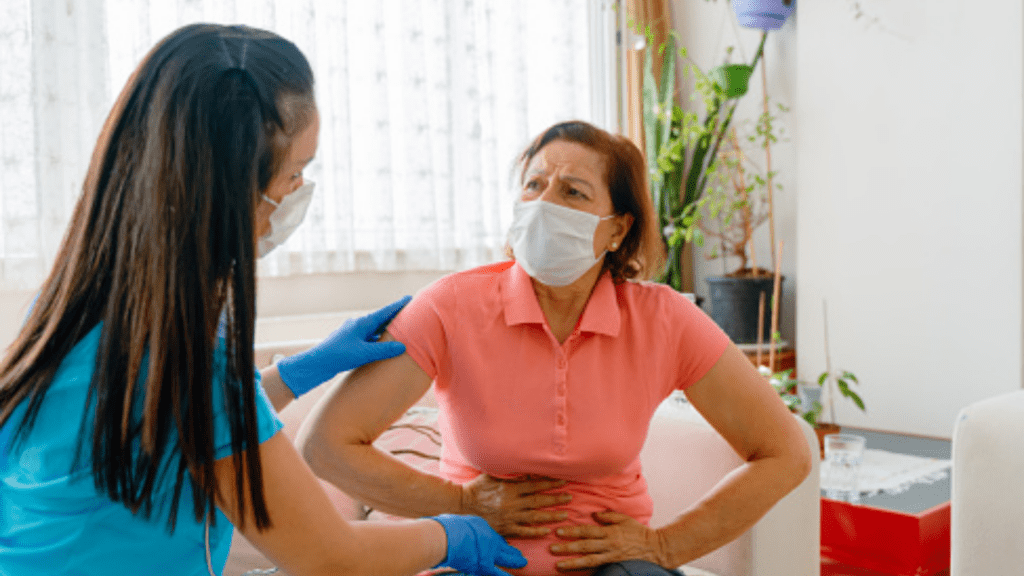Two tests can help prevent cervical cancer—
- The Pap test (or Pap smear) looks for precancers, cell changes on the cervix that may become cervical cancer if they are not treated appropriately. You should start getting Pap tests at age 21.
- The human papillomavirus (HPV) test looks for the virus that can cause these cell changes.
The most important thing you can do to help prevent cervical cancer is to have regular screening tests starting at age 21.
If your Pap test results are normal, your chance of getting cervical cancer in the next few years is very low. For that reason, your doctor may tell you that you will not need another Pap test for as long as three years. If you are 30 years old or older, you may choose to have an HPV test along with the Pap test. If both test results are normal, your doctor may tell you that you can wait five years to have your next Pap test. But you should still go to the doctor regularly for a checkup.
For women aged 21–65, it is important to continue getting a Pap test as directed by your doctor—even if you think you are too old to have a child or are not having sex anymore. However, if you are older than 65 and have had normal Pap test results for several years, or if you have had your cervix removed as part of a total hysterectomy for a non-cancerous condition, like fibroids, your doctor may tell you that you do not need to have a Pap test anymore.
Prevent Cervical Cancer with the Right Test at the Right Time
Screening tests can find abnormal cells so they can be treated before they turn into cancer.
- The Pap test looks for changes in cells on the cervix that could turn into cancer if left untreated.
- The human papillomavirus (HPV) test looks for the virus that causes these cell changes.
The only cancer the Pap test screens for is cervical.
HPV is the main cause of cervical cancer. HPV is a very common virus, passed from one person to another during sex. Most people get it, but it usually goes away on its own. If HPV doesn’t go away, it can cause cancer.
Most women don’t need a Pap test every year!
Have your first Pap test when you’re 21. If your test results are normal, you can wait 3 years for your next Pap test. HPV tests aren’t recommended for screening women under 25.
When you turn 30, you have a choice:
- If your test results are normal, get a Pap test every 3 years. OR
- Get both a Pap test and an HPV test every 5 years.
You can stop getting screened if:
- You’re older than 65 and have had normal Pap test results for many years.
- Your cervix was removed during surgery for a non-cancerous condition like fibroids.
The cervix is the lower, narrow end of the uterus (womb) that connects the uterus to the vagina (birth canal). A diagram of the female reproductive system shows the ovaries, Fallopian tubes, cervix, uterus, vagina, and vulva.
Getting an HPV Vaccine
Two HPV vaccines are available to protect females against the types of HPV that cause most cervical, vaginal, and vulvar cancers. Both vaccines are recommended for 11- and 12-year-old girls, and for females 13 through 26 years of age who did not get any or all of the shots when they were younger. These vaccines also can be given to girls as young as 9 years of age. It is recommended that females get the same vaccine brand for all three doses, whenever possible. It is important to note that women who are vaccinated against HPV still need to have regular Pap tests to screen for cervical cancer.
More Steps to Help Prevent Cervical Cancer
These things may also help lower your risk for cervical cancer—
- Don’t smoke.
- Use condoms during sex.*
- Limit your number of sexual partners.
*HPV infection can occur in both male and female genital areas that are covered or protected by a latex condom, as well as in areas that are not covered. While the effect of condoms in preventing HPV infection is unknown, condom use has been associated with a lower rate of cervical cancer.
Content Source: Centers for Disease Control and Prevention (CDC)



